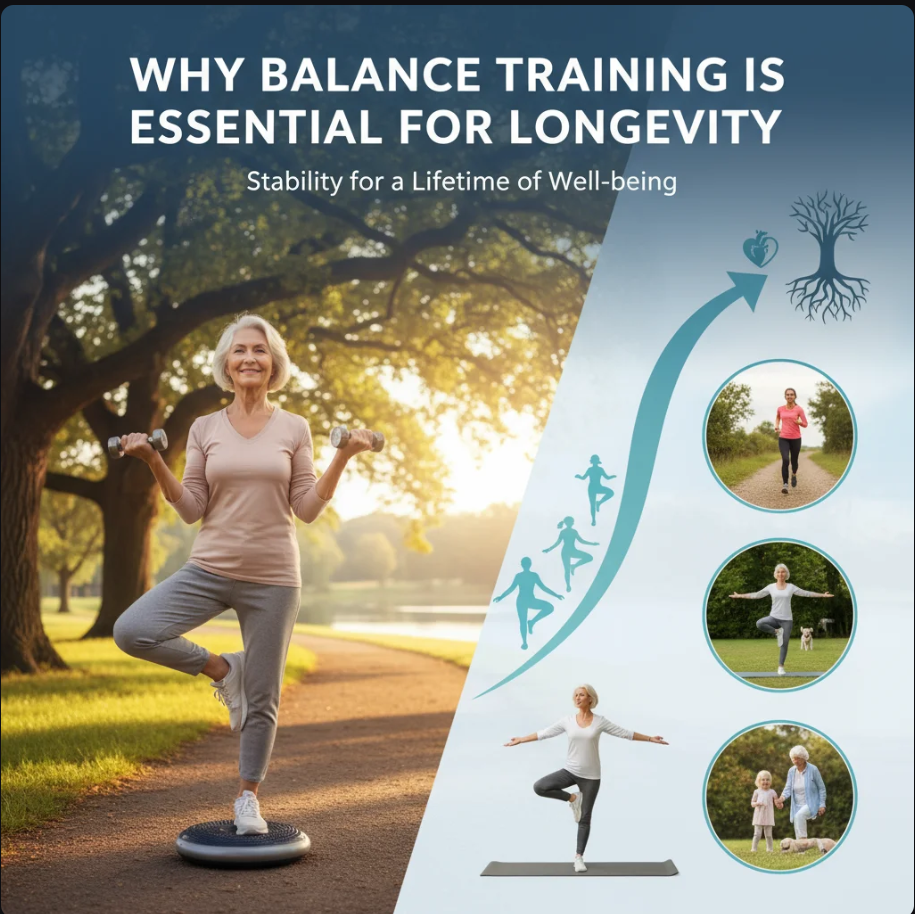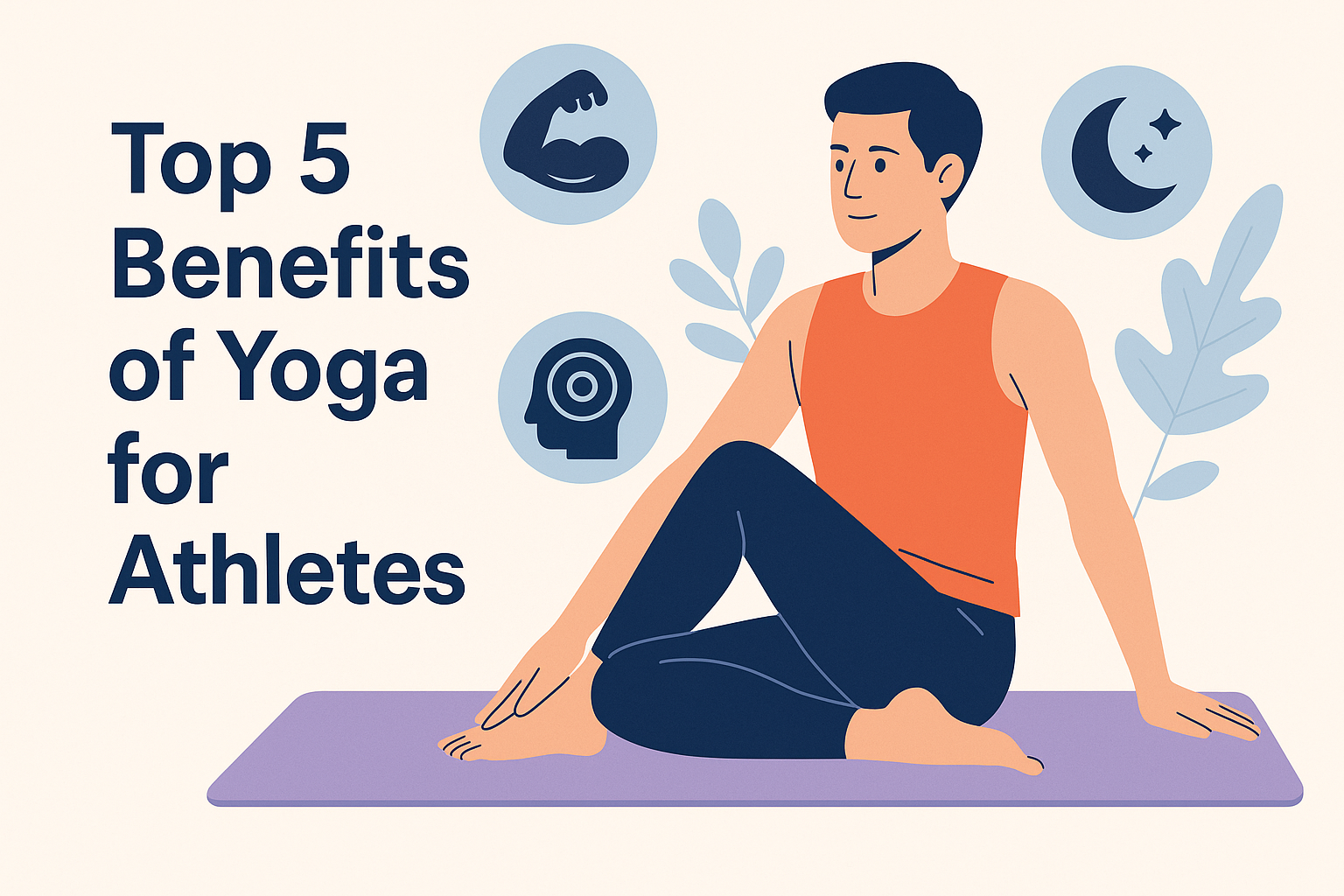Discover how music enhances your exercise performance. Learn the science behind rhythm, motivation, and playlists that boost your workouts.
For many people, working out feels incomplete without music. Whether it’s blasting upbeat pop songs during cardio or listening to motivational beats while lifting weights, music has long been associated with better workouts. But beyond preference, science shows that music significantly enhances exercise performance.
This article explores the psychological, physiological, and motivational effects of music during workouts and why it should be part of your fitness routine.
1. Music as a Motivational Booster
- Increases Energy Levels: Fast-tempo tracks (120–140 BPM) stimulate the brain, making you feel more energetic.
- Reduces Perceived Effort: Studies show people feel workouts are easier with music, even when performing at the same intensity.
- Pushes Performance: Songs with strong beats can help you push through challenging moments, like the last sprint or final reps.
2. Music and Focus
Music helps eliminate distractions in the gym or outdoor environment.
- Rhythm Synchronization: Matching your movement to a song’s rhythm improves coordination, making exercises like running or cycling more efficient.
- Flow State: Music helps athletes enter the “zone,” where concentration and performance peak.
3. Psychological Benefits of Music During Exercise
- Mood Enhancement: Listening to favorite songs releases dopamine, improving mood and reducing workout-related stress.
- Stress Reduction: Calming playlists during yoga or stretching lower cortisol levels, enhancing relaxation.
- Confidence Boost: Empowering lyrics can increase self-belief and determination during tough sessions.
4. Music’s Impact on Different Types of Exercise
Cardio Workouts
Upbeat songs increase stamina and endurance by helping maintain pace. For example, running apps often recommend playlists around 160–180 BPM for steady running.
Strength Training
Heavy beats and motivational tracks can improve focus and performance, helping with rhythm in repetitive lifts.
High-Intensity Interval Training (HIIT)
Fast, high-energy tracks align well with the explosive bursts of effort in HIIT, improving timing and output.
Yoga & Stretching
Slow, calming music enhances breathing control, relaxation, and mindfulness.
5. Scientific Evidence Behind Music and Exercise
- A study in the Journal of Sports Sciences found that participants listening to music ran longer and reported lower perceived exertion compared to those exercising in silence.
- Research also shows that synchronous music (moving in time with the beat) can increase endurance by up to 15%.
6. Building the Perfect Workout Playlist
- Warm-Up: Moderate tempo (100–120 BPM) to gradually raise energy.
- Cardio/HIIT: High tempo (140–180 BPM) to maintain intensity.
- Strength Training: Powerful tracks with bass and motivational lyrics.
- Cool Down/Stretching: Slow tempo (60–90 BPM) to promote relaxation.
Conclusion
Music isn’t just entertainment—it’s a performance enhancer. From boosting motivation and focus to improving endurance and reducing fatigue, music is a powerful workout partner. By carefully curating playlists tailored to your exercise routine, you can maximize both your physical performance and enjoyment.
So, the next time you hit the gym or go for a run, don’t forget your headphones—your body and mind will thank you.
Recommend :












